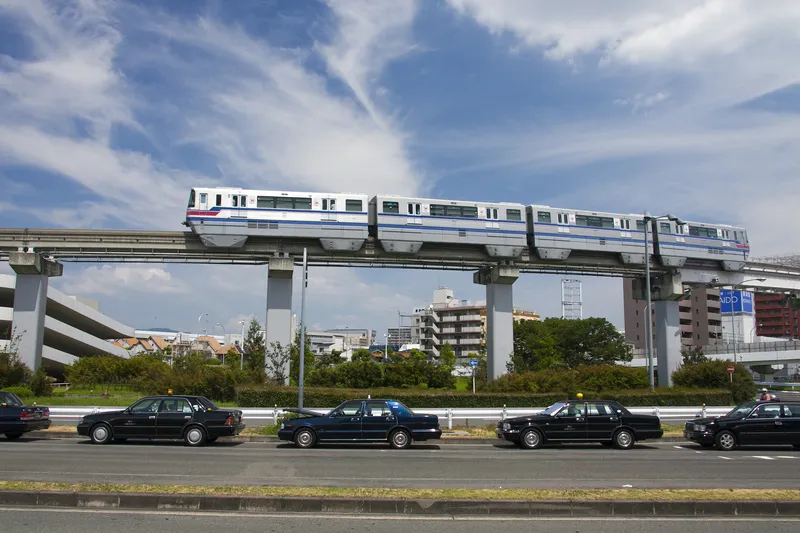With over three million inhabitants, Algiers is the country's largest city and, at the same time, Algeria's most important transport hub. Expanding the railway network is designed to shift traffic from road to rail, thus reducing the daily congestion in the greater Algiers area and improving the mobility of the city's inhabitants.
Network commissioning is planned for the end of 2019. The railway network includes 18 stations and is designed for both goods and passenger transport. It is to be equipped with signalling, safety and control systems, as well as shunting and telecommunications technology. Siemens is supplying the first expansion stage of the ETCS European Train Control System. This permits speeds of up to 160 km/h and enables trains to travel at shorter intervals, thus increasing so-called throughput. Siemens is supplying automated shunting equipment for the freight line which will optimise goods handling with modern cargo technology. In addition, the Algerian rail operator personnel will receive training in how to operate and maintain the new system.
"As rail automation market leaders, we are supplying state-of-the-art technology to Algeria: cross-border rail services at up to 160 km/h for passengers and freight, shorter headways and greater line utilisation", says Jochen Eickholt, CEO of the Mobility Division at Siemens.
Siemens to automate railway network in Algiers metropolitan area
Siemens is to supply the signalling, safety and control systems for the 140 km long-distance rail network in the Algiers metropolitan area. The order will be carried out by Estel RA, a joint venture of state-run Algerian Railways SNTF (Société Nationale des Transports Ferroviaires) and Siemens.
December 23, 2015
Read time: 2 mins









